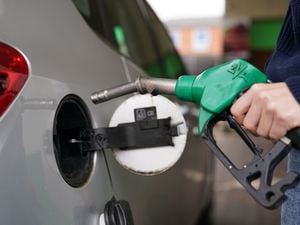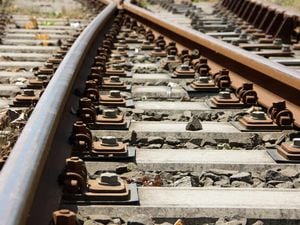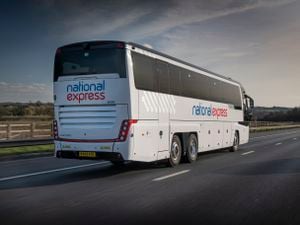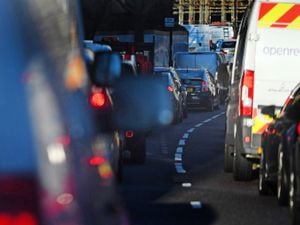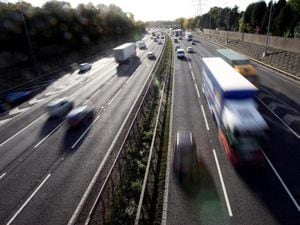Dreams of an undersea tunnel finally came true
London for breakfast, Paris for brunch – and all by train.
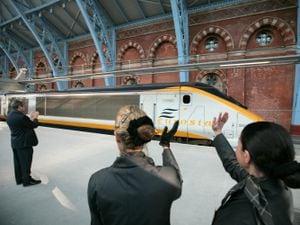
Twenty five years ago today a dream became reality, with the advent of the Eurostar service taking high speed trains through the new Channel Tunnel.
It was on Monday, November 14, 1994, that the first fare-paying Eurostar train arrived in Paris. It was two minutes early, despite having lost time on the British side of the route.
There had been months of technical problems, but that first “real” service was a resounding triumph, to the delight of 700 rail enthusiasts aboard.
It had left London’s Waterloo station 30 seconds earlier than the 8.23am departure time, but by the time it entered the Channel Tunnel at Folkestone it was running five minutes late.
The time was made up on the dedicated high speed track through northern France, travelling at up to 186mph, on a scheduled three hour journey to Gare du Nord.
These days the scheduled journey time from London to Paris is 2 hours 12 minutes, with trains leaving St Pancras International station in London.
This purpose-built departure point took over from Waterloo, with its grindingly slow departure on standard track, in 2007 – coincidentally, also on November 14.
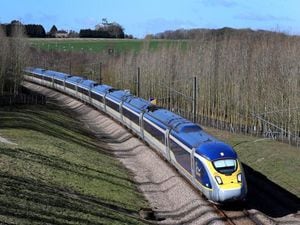
A quarter of a century on, the firm boasts that it has carried over 150 million passengers since its advent, and has more than doubled the number of passengers travelling by air or train between London and Paris, and Brussels.
Back then, there were eight trains a day. Today there are 62. In the first full year, there were under three million passengers. In 2018, there were 11 million.
But it has been transport evolution, rather than revolution.
While the Channel Tunnel hasn’t killed off ferry companies, nor has Eurostar killed off the budget airlines connecting London to Paris.
It is these which represent Eurostar’s hot competition, although Eurostar seeks environmental brownie points with its claim that its service has up to 80 per cent fewer carbon emissions than flying.
Air competition has also had its effect on prices.
You can allegedly travel from London to Paris by rail for £29, but heavens knows how because when I checked on the Eurostar website for a one-way adult ticket for today, Thursday, the lowest price which came up was £169.
In mainland Europe, Eurostar has gradually expanded its reach and connectivity over the years.
The same is not true back in Blighty. If you want to catch a Eurostar train, you still have to get to London first.
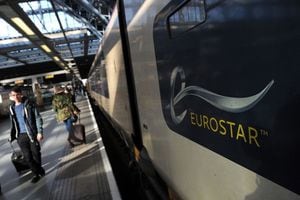
None of this would be possible without the Channel Tunnel, so before going on, let’s clear something up.
Eurostar and Eurotunnel are completely different companies.
Eurostar is the company which operates the high speed passenger trains which operate from St Pancras International, Ebbsfleet International and Ashford International going to Paris, Lille, Brussels, Calais, and Disneyland Paris.
Eurostar is the biggest customer of Eurotunnel, which is the company which operates the tunnel itself and not the train operator.
Eurotunnel also operates Le Shuttle, which carries passengers in cars, vans, and other vehicles on a railway shuttle service through the tunnel between Folkestone and Coquelles.
And let’s throw in one or two facts as well.
The Channel Tunnel is 31.4 miles long, the fourth longest used by rail passengers.
It has the longest undersea portion of any tunnel in the world at 23.5 miles.
A tunnel linking England and France was first proposed in 1802 by Albert Mathieu, a French mining engineer.
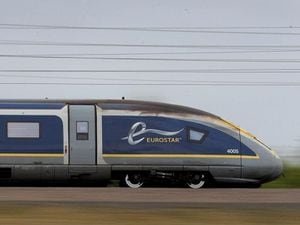
Under his plan the tunnel would break surface in the middle of the English Channel where there would be an artificial island where coaches could change horses.
Construction of a tunnel actually got under way on both sides in the 1880s, before a halt was called amid fears that it would weaken Britain’s defences.
The idea just wouldn’t go away, and construction began again in 1974, before the project was cancelled by the cash-strapped British government the following year.
Work on today’s tunnel, the only one to navigate all the politics, began in 1988, and construction took six years.
The cost was £4.65 billion, the equivalent of £12 billion today. There was a human cost too, with ten workers being killed.
There are actually three tunnels. Two are for trains and there is a smaller service tunnel that can be used in emergencies.
Eurostar seems to be going from strength to strength. Last month it reported that it had enjoyed its busiest ever August, with over a million customers that month, as well as a continuing growth in passenger numbers.
It has also launched a new advertising campaign woven around the concept “You see more when you don’t fly.”
Mmm... what about if you have a window seat?

